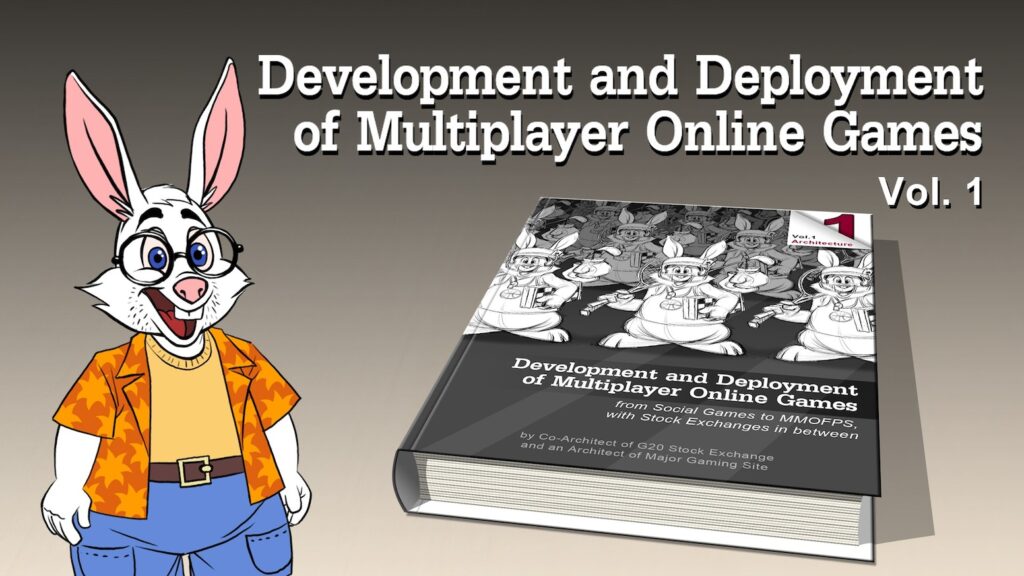This article provides an introduction to game development with Unity, a popular game development platform. It explains the stages involved in creating a game, including concept and design, pre-production, production, testing and debugging, and release. It then describes how to get started with Unity, including downloading and installing the software, and navigating the interface. The article also walks through the process of creating a simple game in Unity, from creating a new project to building and publishing the game. It concludes by encouraging aspiring developers to start with simple projects and expand their skills over time.
Learning the Ropes: The Basics of Game Development with Unity
Introduction
Game development is a creative and dynamic field that has grown exponentially in recent years. Unity, one of the most popular game development platforms, has made it accessible for developers of all skill levels to create their own games. In this article, we will explore the basics of game development with Unity, from understanding the game development process to creating a simple game.
The Game Development Process
Before diving into the development process, it is essential to understand the stages involved in creating a game. The game development process typically consists of the following stages:
- Concept and Design: The initial stage involves brainstorming and developing the concept for the game. This includes defining the gameplay mechanics, storyline, target audience, and visual aesthetics.
- Pre-production: During this phase, developers create a detailed plan for the game, including the level designs, character sketches, soundtracks, and any other necessary assets.
- Production: This is the actual development phase where developers bring the game to life using a game engine like Unity. It involves coding, creating assets, implementing gameplay mechanics, and testing.
- Testing and Debugging: Once the game is developed, it goes through a rigorous testing phase to identify and fix any bugs or issues.
- Release: Finally, the game is ready for release and distribution. This includes launching the game on various platforms such as PC, consoles, and mobile devices.
Getting Started with Unity
To begin game development with Unity, you first need to download and install the Unity software. Unity offers both a free version, which is sufficient for beginners, and a pro version with additional features.
Once installed, Unity provides an intuitive interface with various panels and windows to navigate and work on different aspects of game development. The main areas include the Scene view, where you build and design your game world, the Game view, which simulates how the game will appear to players, and the Inspector, where you can modify and manage game objects.
Creating a Simple Game
Now that you have a basic understanding of the game development process and the Unity interface, let’s create a simple game to put our knowledge into practice. Here’s how you can get started:
- Create a New Project: Open Unity and click on “New” to create a new project. Give it a name and choose a location to save your project files.
- Import Assets: Unity allows you to import various assets such as 3D models, audio files, textures, and scripts. You can either create your own assets or download them from Unity’s Asset Store or other platforms.
- Design the Game World: Use the Scene view to design the game world by adding and arranging objects. You can adjust their positions, scales, and rotations to create the desired environment.
- Add Gameplay Elements: Implement gameplay elements by attaching scripts to objects. Scripts define how objects behave, such as player movement, enemy AI, or collectible items.
- Create User Interface (UI): Design the user interface by adding UI elements such as buttons, menus, or health bars. Unity provides a UI system that allows you to create visually appealing interfaces with ease.
- Implement Interactions: Define interactions between objects by writing scripts. For example, when the player collides with an enemy, the game should respond accordingly, such as decreasing the player’s health.
- Test and Debug: Use Unity’s built-in testing tools to playtest your game and identify any bugs or issues. Debugging is an essential part of the development process to ensure a smooth gaming experience.
- Build and Publish: Once you are satisfied with your game, you can build it for different platforms such as PC, mobile, or consoles. Unity provides easy-to-use build settings to generate platform-specific executable files.
Conclusion
Game development with Unity offers a wide range of possibilities for aspiring developers. By understanding the game development process and utilizing Unity’s powerful features, you can create captivating and immersive games. Starting with simple projects and gradually expanding your skills and knowledge will help you master the art of game development. So, unleash your creativity and embark on an exciting journey to bring your game ideas to life!
